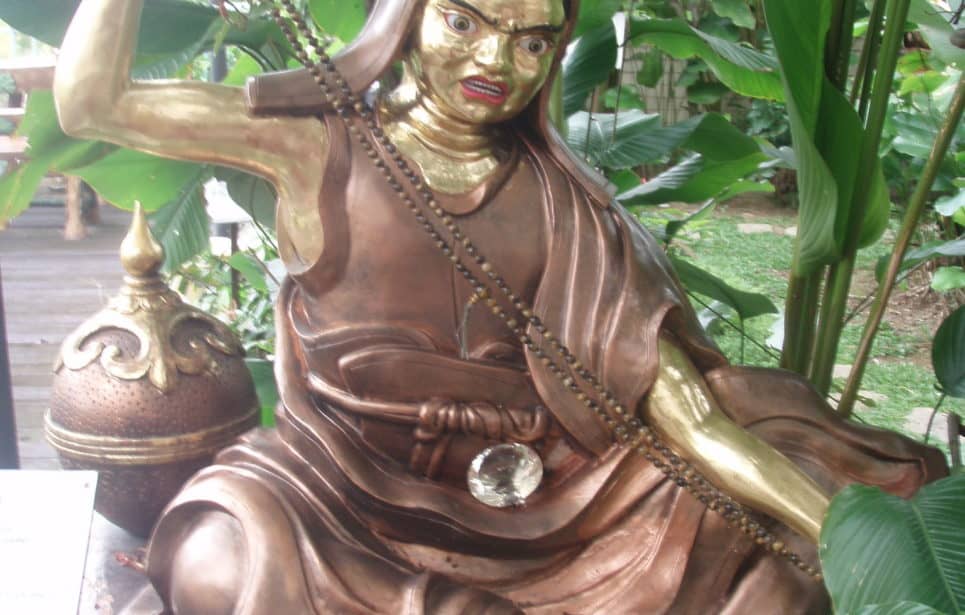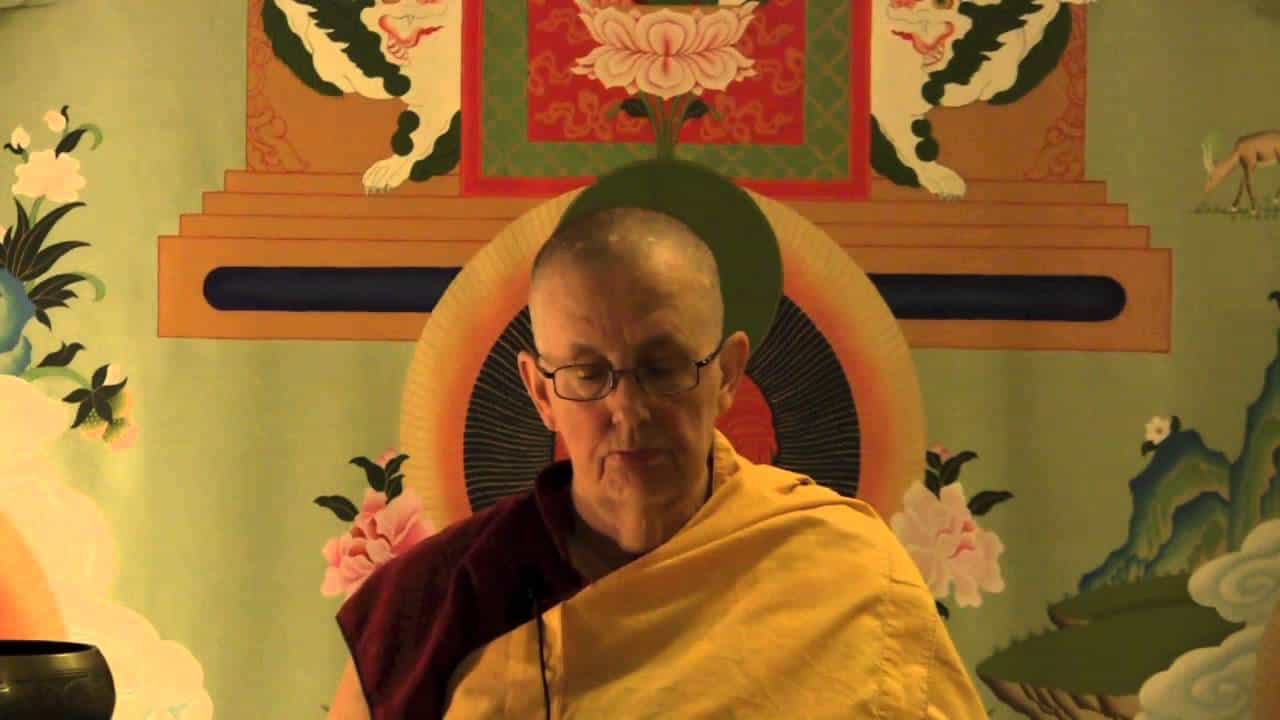Quiz: Aryadeva’s 400 Stanzas, Chapter 9

Venerable Thubten Chodron put together the questions below for a review of Aryadeva's 400 Stanzas on the Middle Way, Chapter 9: Refuting permanent functional phenomena.
-
What is the main point—the main thing to understand—from Chapter 9?
-
What is the Middle Way free from extremes? What are its two major components?
-
What are the two extremes and why are they extreme, incorrect views? In your life, have you ever held either one or both of these views? Do you still find traces of them inside your mind? What do you need to contemplate in order to rid yourself of them?
-
What is the definition of a functional thing (functional phenomenon)?
-
What are the definitions of impermanent and permanent?
-
What is the relationship between functional phenomena and impermanent things? What is the relationship between functional phenomena and things that arise due to causes and produce effects?
-
Can functional things be permanent? Why or why not? Are they perceived by reliable cognizers? Why do the Vaibhashikas say that permanent functional phenomena exist? What is the “function” that they say such phenomena produce? Why don’t Prasangikas accept this?
-
Who asserts a soul or atman? What would be the characteristics of such a soul? Why is it impossible for such a soul to exist?
-
What are arguments refuting partless particles?
-
Is nirvana permanent or impermanent? Some people say that at the time of attaining nirvana, the consciousness ceases. Why do they say this? How would you refute this belief?
Venerable Chodron reviewed the answers to the quiz on October 30, 2014.
Venerable Thubten Chodron
Venerable Chodron emphasizes the practical application of Buddha’s teachings in our daily lives and is especially skilled at explaining them in ways easily understood and practiced by Westerners. She is well known for her warm, humorous, and lucid teachings. She was ordained as a Buddhist nun in 1977 by Kyabje Ling Rinpoche in Dharamsala, India, and in 1986 she received bhikshuni (full) ordination in Taiwan. Read her full bio.

